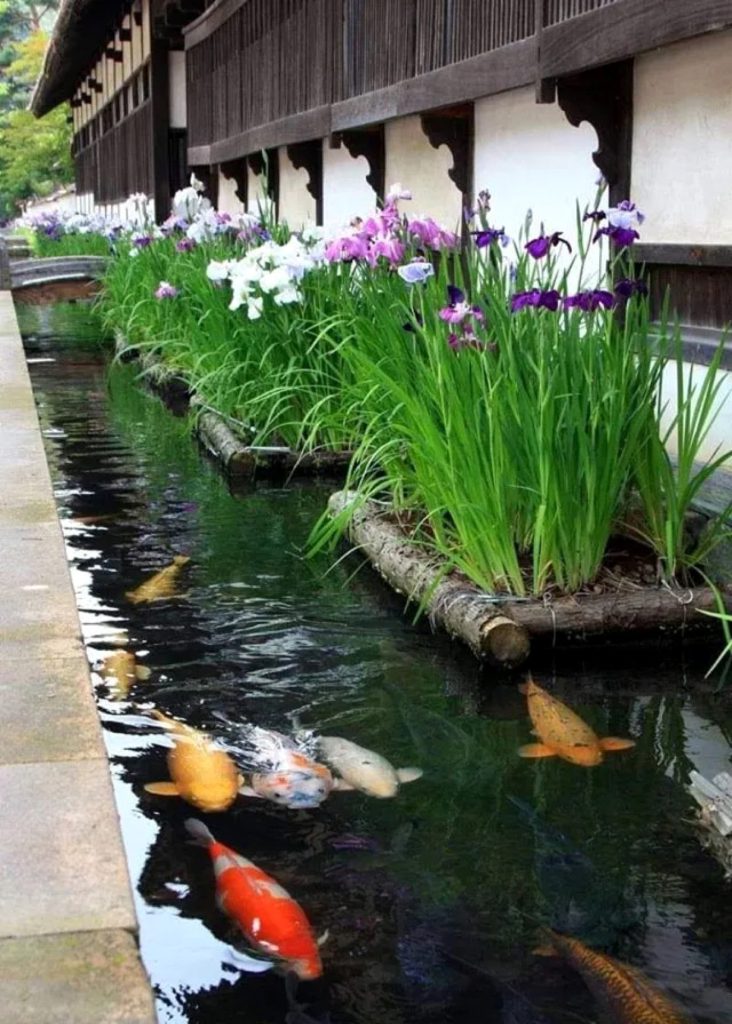
“Gathering early summer rains Even more rapid The Mogami River” is Matsuo Basho’s famous haiku. This Basho’s “Samidare” is actually a word that refers to Tsuyu ( the rainy season). May in the lunar calendar is June in the new calendar. Basho was born in 1644 and died in 1694, but by this time the word Tsuyu had not yet been used. The word Tsuyu takes root after the death of Basho Matsuo. The word “梅雨 (a rainy season)” appears in “Makura-no-Soushi (Pillow grass)”, but the reading is “baiu”, which is rarely used, and “samidare” is the translation of what is then called Tsuyu. “Baiu” is a word that was born because the long rains continue when the ume fruits are ripe and turn yellow. In this way, there is a one-month gap between the old calendar used before the Meiji era and the new calendar used after the Meiji era, and there are still many scenes of confusion.
松尾芭蕉の有名な句に「五月雨を集めて早し最上川」というのがあります。この芭蕉のいう「五月雨(さみだれ)」は実は梅雨を指している言葉なのです。旧暦の5月は新暦で言えば今の6月です。芭蕉は1644に生まれ1694年に亡くなるのですが、この頃にはまだ梅雨という言葉はありません。梅雨という言葉が定着するのは松尾芭蕉以降です。枕草子には「梅雨」という言葉が出てきますが、読みは「ばいう」で、ほとんど使われることはなく、「五月雨」が今でいう梅雨を表した訳です。「梅雨」は、梅の実が熟して黄色く色付く頃に長雨が続くので生まれた言葉です。こうして明治以前に使っていた旧暦と明治以降に使う新暦には1か月のずれがあり、いまだに混乱する場面が多々あります。
